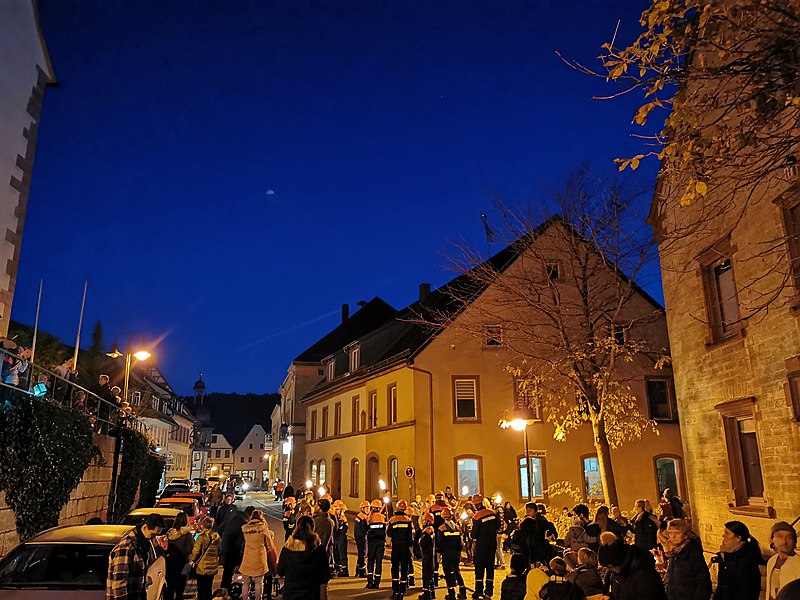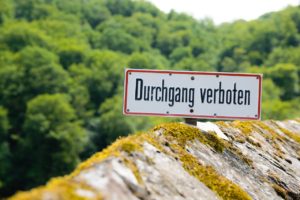Saint Martin’s Day: Celebrating Light, Generosity, and Tradition in Germany, Switzerland, and Austria
Saint Martin’s Day, or Martinstag, is a cherished holiday throughout German-speaking Europe. People in Germany, Switzerland, and Austria celebrate it with vibrant traditions every year on November 11th. This day honors Saint Martin of Tours, a fourth century Roman soldier turned bishop and then saint. Saint Martin is known for his acts of kindness and generosity. His feast day focuses on charity, community, and the celebration of light during the onset of winter.
The Legend of Saint Martin
Saint Martin of Tours is most famous for a story of kindness and generosity. He cut his cloak in half to share with a beggar who was suffering from the cold. This simple but powerful act of compassion captures the essence of Martinstag: a day of selflessness, warmth, and community. Martin of Tours died in 397 CE, after becoming a bishop. Over time, his reputation for kindness and humility led to his canonization. His feast day has been celebrated for centuries as a reminder of the importance of helping others.
Saint Martin’s Day Celebrations in Germany
In Germany, Martinstag is a family-centric holiday rich in both religious and secular customs. One of the most iconic features is the Sankt Martinsumzug, a lantern procession often led by a figure dressed as Saint Martin on horseback. Children make and carry homemade paper lanterns as they sing traditional songs. This creating a beautiful display of light against the dark November evening. These processions symbolize Martin’s act of kindness, spreading the message of sharing and guiding others in times of darkness.
Feasting is also a significant part of the holiday, with families gathering to enjoy hearty meals. A common dish is Martinsgans (St. Martin’s roast goose), which has roots in medieval customs. According to legend, the humble Martin hid among geese to avoid being made bishop. But their loud honking gave him away, and the birds became part of his story.
Saint Martin’s Day Traditions in Switzerland
In Switzerland, Martinstag is celebrated with regional variations, but it maintains the central theme of charity and community. In some areas, church services and processions give people the chance to reflect on Saint Martin’s deeds and teachings. Lantern parades similar to those in Germany are also common. Swiss children walk through villages and towns singing songs that celebrate light, warmth, and kindness.
In certain Swiss regions, people light Martinsfeuer (bonfires) to symbolize the light and warmth that Saint Martin brought to those in need. The bonfire serves as a beacon of community, where people gather to enjoy hot drinks and snacks and share stories and music.
Saint Martin’s Day Austrian Traditions
In Austria, Martinstag includes both religious solemnity and joyful festivities. As in Germany and Switzerland, Austrias also gather for lantern processions and church services. The tradition of roast goose, known in Austria as Martinigansl, is widespread. People enjoy the goose with side dishes such as red cabbage and dumplings. This meal is a nod to the historical significance of Saint Martin and the geese. And it also marks the end of the harvest season, as do similar holidays around the world.
In some parts of Austria, people participate in plays reenacting the life of Saint Martin. These plays emphasize his humility, kindness, and charitable acts. Children learn about the saint’s life and are encouraged to share their own stories of kindness. This tradition reinforcesthe day’s message of generosity and selflessness.
The Shared Spirit of Saint Martin’s Day
Despite regional variations, Martinstag celebrations in Germany, Switzerland, and Austria share common threads. These are the themes of light, warmth, and the importance of community and charity. Lantern processions represent the light that Saint Martin brought into the world, both literally and metaphorically. The shared meals and songs foster a sense of belonging, echoing the essence of Saint Martin’s legacy.
As the cold, dark winter months approach, Saint Martin’s Day reminds everyone of the warmth that comes from acts of kindness and the importance of looking out for one another. The traditions of this day continue to inspire, bringing joy and light to communities across German-speaking Europe.
Learn German with the Language Garage!
We hope you’ve enjoyed learning about Saint Martin’s Day traditions in Germany, Switzerland, and Austria. If you’d like to learn German check out our other posts on German language, culture, and more. And if you’re looking for convenient and affordable live German lessons with a real teacher, check out The Language Garage German. Our lessons are given online in a virtual classroom, so it doesn’t matter where you live or work. We can come to you. And we have flexible options, with a free trial so that you can decide if there’s a fit. Check us out!
Image: Wikimedia Commons






